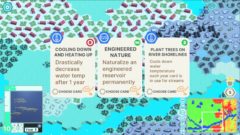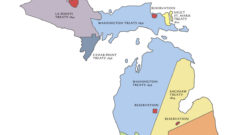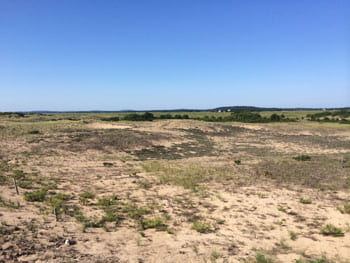Book Review: Scientist offers positive vision to avoid dystopian future in “The Three Ages of Water”

We are at a choice point when it comes to our relationship with water, says noted water expert Peter Gleick.
We can continue on our current path, which has evolved over centuries and includes unsustainable water use and ecological destruction. Both further worsened as we grapple with the effects of climate change.
Great Lakes Now
https://www.greatlakesnow.org/2023/07/book-review-water-scientist-offers-positive-vision-avoid-dystopian-future/




